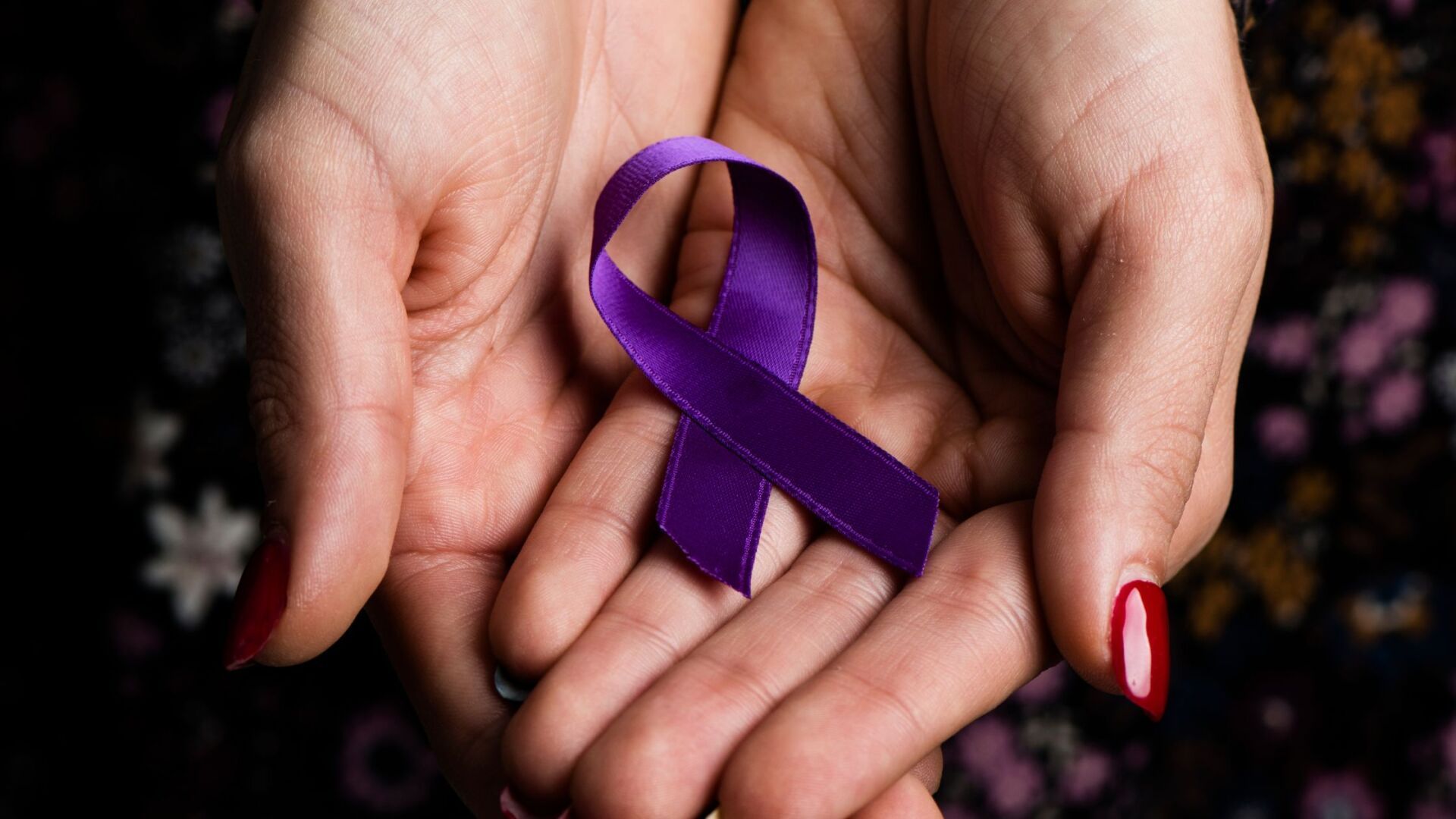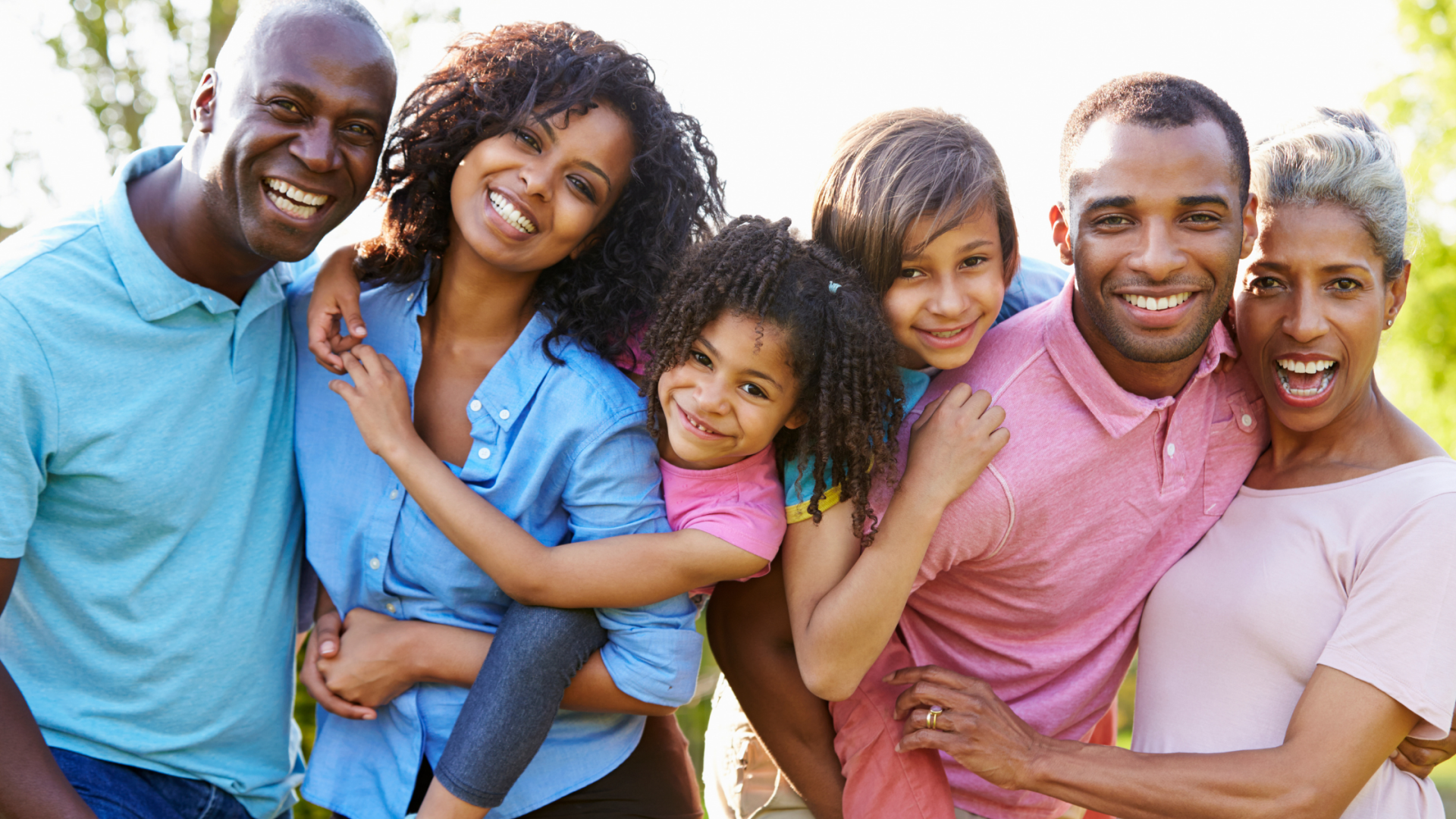Consent & Kids
Alexandra Pecoraro
Consent is when someone is provided all the information and they enthusiastically, freely, and voluntarily agree to do something. We often think of consent solely in relation to sex, but consent impacts our day to day interactions. Consent determines how we communicate, listen, empathize, and connect with others. The following is a shortened breakdown, with some tips from The Healthy Sex Talk, about talking to children about consent.
1–5
Ask friends for permission
We often make little kids high five, hug, or kiss cheeks to say hi/bye, but we need to add the element of kids asking each other if they can do that. This might look like “Hey Lily did you see how awesome Jamie did on their drawing, ask if Jamie wants a high five!” “Mikey, let’s ask Susan if she wants a hug to say hi!” If the child says no or sounds apprehensive, have the kid asking do something else like a thumbs up, wave hello, a goofy dance to express excitement.
Teach kids they're allowed to say "stop" & "no"
This starts with explaining what no or stop means. If we hear someone saying stop or no it means we immediately stop what we are doing. As parents or guardians it is also important to honor your kids when they say stop or no, because they learn from our actions.
Once a kid understands, stop and no, they need to be explained if friends or other adults ignore their stops and nos it might be unsafe and they should tell someone they trust.
Help foster empathy & teach children to help others
Explain how their actions may have hurt someone else, and challenge them to think about how other children might feel. This may look like “Hey Julie, I know you wanted the cookie, but when you took Blake’s from her, she felt sad. We don’t want Blake to be sad so we can’t just take stuff because we want it.”
Once children start tuning into others emotions teach them to pay attention when other people seem sad or hurt. When people need help they need to go to grown-ups to get help.
5–12
Talk about bodies using proper terminology
Parents and guardians need to work to create a space that allows children to ask about their bodies and the changes happening, while reassuring them that changes are normal and healthy.
It is essential to use proper terminology such as penis, vagina, boobs, butt, etc. Using pet names can create dangerous situations where teachers and other adults don’t know what those words mean, so if somebody is injured or being hurt they may not get the help they need quickly.
Take time outs & create safe words
When kids are playing with each other teach them to take breaks to check in with each other. The kids can ask “are you still having fun?”, “do you like being [x character]?”, “do you want to keep playing?”
With children that might be hanging out, and not playing, still teach them to do check-ins “do you like the topic of convo?” “are you comfortable with doing [whatever they are doing]?”
Creating safe words can be an easier way of saying stop, no. It can be related to the topic of conversation or play, and allows all involved to quickly know to stop.
Continue to work on empathy & paying attention to others
Interpret others' facial and body expressions.
Take it a step further in explaining how people’s actions impact others. Look at how people respond when they say or do things, what does that mean?
Do not make fun of friendships or crushes
This is the age group in which people start having close friends and crushes, and making fun of children will only make them shut down and keep secrets. Ask simple, normal questions: “How is your classmate?” “How is your friend?” If they don’t want to talk, you can bring it up again on another day.
12–18
Build self-esteem & confidence
As children begin going through puberty research shows that self-esteem drops. By the time girls are 17, 78% of them hate their bodies. Even if a child always responds, “I know,” or “that’s embarrassing,” find ways to continually uplift them, in ways they appreciate.
As they work on developing their empathy, start to teach them how to differentiate between paying attention to people’s emotions and changing their actions based off of people’s judgments.
Stop mean jokes
The moment you hear mean, offensive, or “locker room” talk stop it. Explain how words have meaning and can hurt people.
Not stopping mean jokes and comments can eventually lead to actions that follow-suit with their jokes. For example if you never tell a child it’s not appropriate to pull someone’s hair that is going to teach them that physically touching and/or harming someone is an appropriate way to express feelings.
Answer questions
Don’t shut children down. Don’t tell them to stop asking questions. Create a space where they can freely ask and say what they are thinking and feeling.
Share this post







